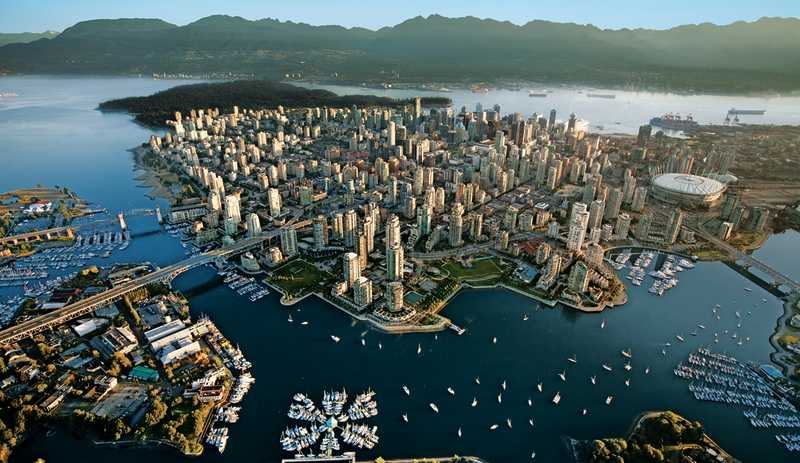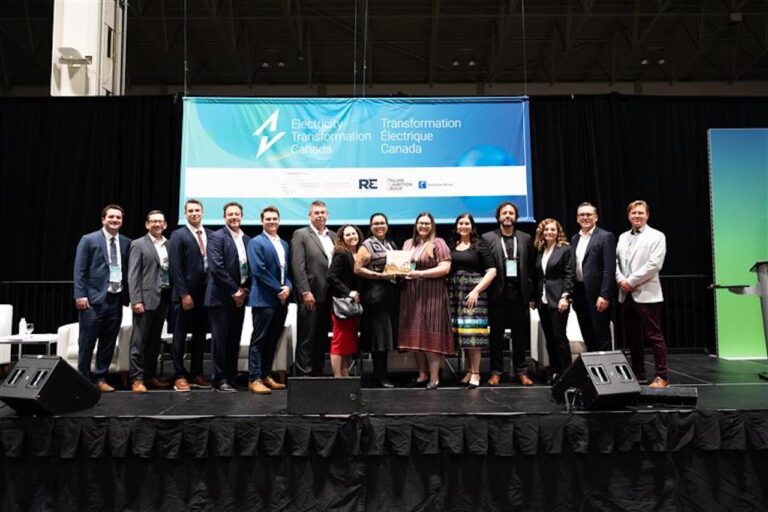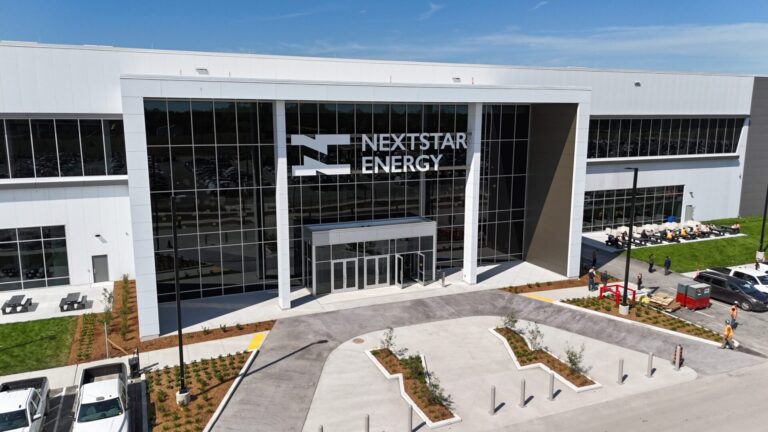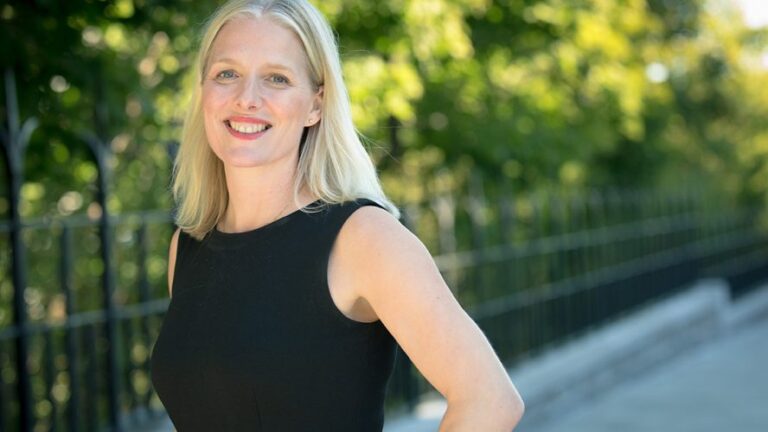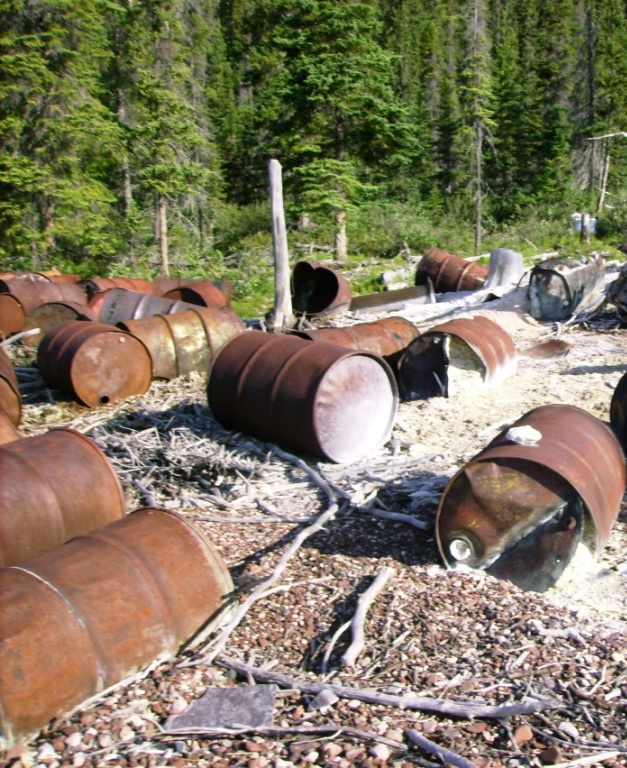Wednesday, October 8, 2025
Wade Grant, Parliamentary Secretary to the Minister of Environment and Climate Change, recently announced an investment of $2.5 million to support Metro Vancouver’s Waste-to-Energy District energy project.
“Supporting the Greater Vancouver Sewerage and Drainage District as it works toward climate solutions for the Metro Vancouver community demonstrates how the fight against climate change goes hand-in-hand with building resilient communities, cutting energy costs and growing our economy,” stated Grant.
Burnaby’s Waste-to-Energy Facility is a key part of Metro Vancouver’s approach to managing residual waste and recovering energy. The facility will capture steam generated by its existing process to supply clean heating and hot water to up to 50,000 homes across Metro Vancouver. This project is expected to reduce greenhouse gas emissions by up to 70,000 tonnes per year and aligns with Metro Vancouver’s goals for a resilient and sustainable region. It will also help cut heating costs for residents.
“Canada has the potential to become a leader in clean energy. Projects like this one in Metro Vancouver show how innovation and green technology can make a difference in our communities,” commented Julie Dabrusin, Minister of Environment and Climate Change. “By supporting projects like this one, our government is lowering emissions, while ensuring a strong, clean economy for years to come.”
Investments in projects like the Waste-to-Energy District are emblematic of Canada’s work to cut pollution and build resilient communities, while decreasing energy costs for Canadians and creating economic opportunities.
“We’re grateful for this funding support that will help us triple the energy recovery potential of our Waste-to-Energy Facility compared to generating electricity alone,” said Sarah Kirby-Yung, Chair of Metro Vancouver’s Zero Waste Committee. “The system will deliver hot water via an underground piping network to nearby housing developments, which will be able to significantly reduce their reliance on natural gas, cutting both costs and greenhouse gas emissions.”
The facility handles roughly one-quarter of the region’s waste disposal needs annually, providing enough electricity to power 16,000 homes.
For further information, visit: Low Carbon Economy Fund

